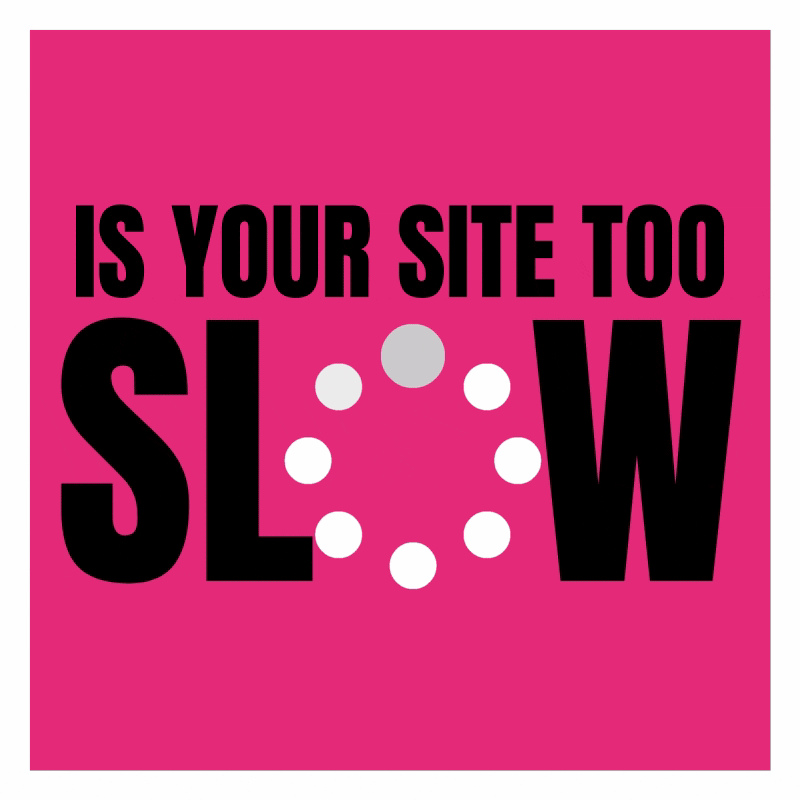Today, the speed of your website is more crucial than ever. When you consider that users have a multitude of options at their fingertips, a slow-loading site can lead to frustration and abandonment. You may not realize it, but studies show that even a one-second delay in loading time can result in a significant drop in user satisfaction and engagement.
This means that if your website takes too long to load, you risk losing potential customers and diminishing your brand’s reputation. Moreover, website speed is not just about user experience; it also plays a vital role in conversion rates. If you want visitors to take action—whether that’s making a purchase, signing up for a newsletter, or filling out a contact form—your site needs to load quickly.
A seamless experience encourages users to stay longer and interact more with your content. Therefore, prioritizing website speed is essential for achieving your business goals and ensuring that your online presence is effective.
Key Takeaways
- Website speed is crucial for user experience and SEO ranking.
- Factors affecting website speed include hosting, image size, and code quality.
- Tools like Google PageSpeed Insights and GTmetrix can measure website speed.
- Improving website speed can be done through image optimization and minifying code.
- Slow website speed can lead to high bounce rates and lower conversion rates.
Contact Teracore for fast, secure WordPress hosting >
Factors Affecting Website Speed
Several factors can influence the speed of your website, and understanding these elements is key to optimizing performance. One of the primary culprits is the size of your web pages. Large images, videos, and other media files can significantly slow down loading times.
If you’re not careful with how you manage these assets, you may inadvertently create a sluggish experience for your users. It’s essential to compress images and use appropriate formats to ensure that they don’t hinder your site’s performance. Another critical factor is the quality of your web hosting service.
If you’re using a shared hosting plan, for instance, your site may be competing for resources with other websites on the same server. This can lead to slower loading times, especially during peak traffic periods. Investing in a reliable hosting solution can make a world of difference in how quickly your site loads.
Additionally, the use of Content Delivery Networks (CDNs) can help distribute your content across various servers worldwide, reducing latency and improving load times for users regardless of their location.
Tools for Measuring Website Speed

To effectively improve your website speed, you first need to measure it accurately. Fortunately, there are numerous tools available that can help you assess your site’s performance. Google PageSpeed Insights is one of the most popular options, providing detailed insights into both mobile and desktop performance.
It not only measures loading times but also offers suggestions for improvement based on best practices. Another useful tool is GTmetrix, which provides a comprehensive analysis of your website’s speed and performance metrics. It breaks down various elements that contribute to loading times and offers actionable recommendations to enhance efficiency.
Additionally, Pingdom is an excellent choice for monitoring website speed from different locations around the globe, allowing you to see how your site performs for users in various regions. By utilizing these tools, you can gain valuable insights into your website’s speed and identify areas that require attention.
Tips for Improving Website Speed
Improving your website speed doesn’t have to be an overwhelming task; there are several straightforward strategies you can implement. First and foremost, consider optimizing images by compressing them without sacrificing quality. Tools like TinyPNG or ImageOptim can help you reduce file sizes significantly, leading to faster load times without compromising visual appeal.
Another effective method is to minimize HTTP requests by reducing the number of elements on each page. This can be achieved by combining CSS and JavaScript files or using CSS sprites for images. Additionally, leveraging browser caching allows returning visitors to load your site faster since their browsers will store certain elements locally instead of downloading them again.
Implementing these techniques can lead to noticeable improvements in your website’s speed.
Impact of Website Speed on User Experience
The impact of website speed on user experience cannot be overstated. When users visit a site that loads quickly, they are more likely to engage with the content and explore further. A fast-loading website creates a positive impression and fosters trust in your brand.
Conversely, if users encounter delays or sluggishness, they may become frustrated and leave your site altogether, opting for competitors who offer a smoother experience. Moreover, website speed affects how users perceive the quality of your content. A well-optimized site conveys professionalism and attention to detail, while a slow site may lead users to question the credibility of your brand.
In essence, the speed at which your website loads can significantly influence user satisfaction and retention rates. By prioritizing speed optimization, you are not only enhancing user experience but also reinforcing your brand’s reputation in the digital marketplace.
Contact Teracore for fast, secure WordPress hosting >
Mobile Website Speed Optimization

As mobile usage continues to rise, optimizing your website for mobile devices has become increasingly important. Mobile users often expect quick access to information, and if your site isn’t optimized for speed on these devices, you risk alienating a significant portion of your audience. One effective strategy is to implement responsive design, ensuring that your site adapts seamlessly to various screen sizes while maintaining optimal performance.
Additionally, consider using Accelerated Mobile Pages (AMP) technology to enhance loading times on mobile devices. AMP pages are designed to load almost instantly by stripping down unnecessary elements and optimizing content delivery. This not only improves user experience but also increases the likelihood of higher search engine rankings for mobile searches.
By focusing on mobile website speed optimization, you can cater to the growing number of users accessing the internet via smartphones and tablets.
Website Speed and SEO
Website speed is a critical factor in search engine optimization (SEO). Search engines like Google prioritize fast-loading sites in their ranking algorithms because they aim to provide users with the best possible experience. If your website is slow, it may negatively impact your search rankings, making it harder for potential customers to find you online.
Furthermore, page speed is one of the metrics included in Google’s Core Web Vitals—a set of performance indicators that assess user experience on websites. By optimizing your site’s speed, you not only enhance user experience but also improve your chances of ranking higher in search results. This creates a win-win situation where faster loading times lead to better visibility and increased traffic.
Monitoring and Maintaining Website Speed
Once you’ve implemented strategies to improve your website speed, it’s essential to monitor its performance regularly. Website speed is not a one-time fix; it requires ongoing attention as new content is added or as technology evolves. Utilizing tools like Google Analytics can help you track loading times over time and identify any potential issues that may arise.
Additionally, consider setting up alerts for significant changes in performance metrics so that you can address any problems promptly. Regularly reviewing your hosting service and ensuring that it meets your needs as traffic grows is also crucial for maintaining optimal speed. By staying proactive in monitoring and maintaining your website’s speed, you can ensure that it continues to provide an excellent user experience while supporting your business objectives effectively.
In conclusion, prioritizing website speed is essential for enhancing user experience, improving SEO rankings, and ultimately driving conversions. By understanding the factors affecting speed, utilizing measurement tools, implementing optimization strategies, and maintaining ongoing monitoring efforts, you can create a fast-loading website that meets the expectations of today’s digital consumers.
If you are interested in learning more about how artificial intelligence is impacting the digital world, check out this article written by an AI. It delves into the capabilities of AI in content creation and its potential to revolutionize the way we interact with technology.
Additionally, if you want to understand the importance of choosing the right technology stack for your website, read this informative piece on tech stacks. Having a solid tech stack can greatly impact your website’s performance and speed. And for tips on improving your WordPress website’s security, check out this article on WordPress security hardening tips. Ensuring your website is secure is crucial for maintaining its speed and reliability.
Contact Teracore for fast, secure WordPress hosting >
FAQs
What is website speed?
Website speed refers to how quickly a website loads and responds to user interactions. It is an important factor in user experience and can impact a website’s performance and search engine rankings.
Why is website speed important?
Website speed is important because it directly impacts user experience. A slow website can lead to higher bounce rates, lower conversion rates, and decreased user satisfaction. Additionally, search engines like Google consider website speed as a ranking factor, so a faster website can improve its visibility in search results.
How can website speed be improved?
Website speed can be improved by optimizing images, minifying CSS and JavaScript files, leveraging browser caching, using a content delivery network (CDN), and choosing a reliable web hosting provider. Additionally, implementing lazy loading and reducing server response time can also help improve website speed.
What tools can be used to measure website speed?
There are several tools available to measure website speed, including Google’s PageSpeed Insights, GTmetrix, Pingdom, and WebPageTest. These tools provide insights into various aspects of website performance and offer recommendations for improvement.
What is a good website speed?
A good website speed is typically considered to be under 3 seconds for full page load time. However, the ideal website speed may vary depending on the type of website and its content. It’s important to aim for the fastest possible speed to provide the best user experience.



